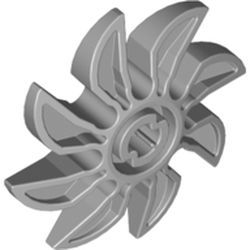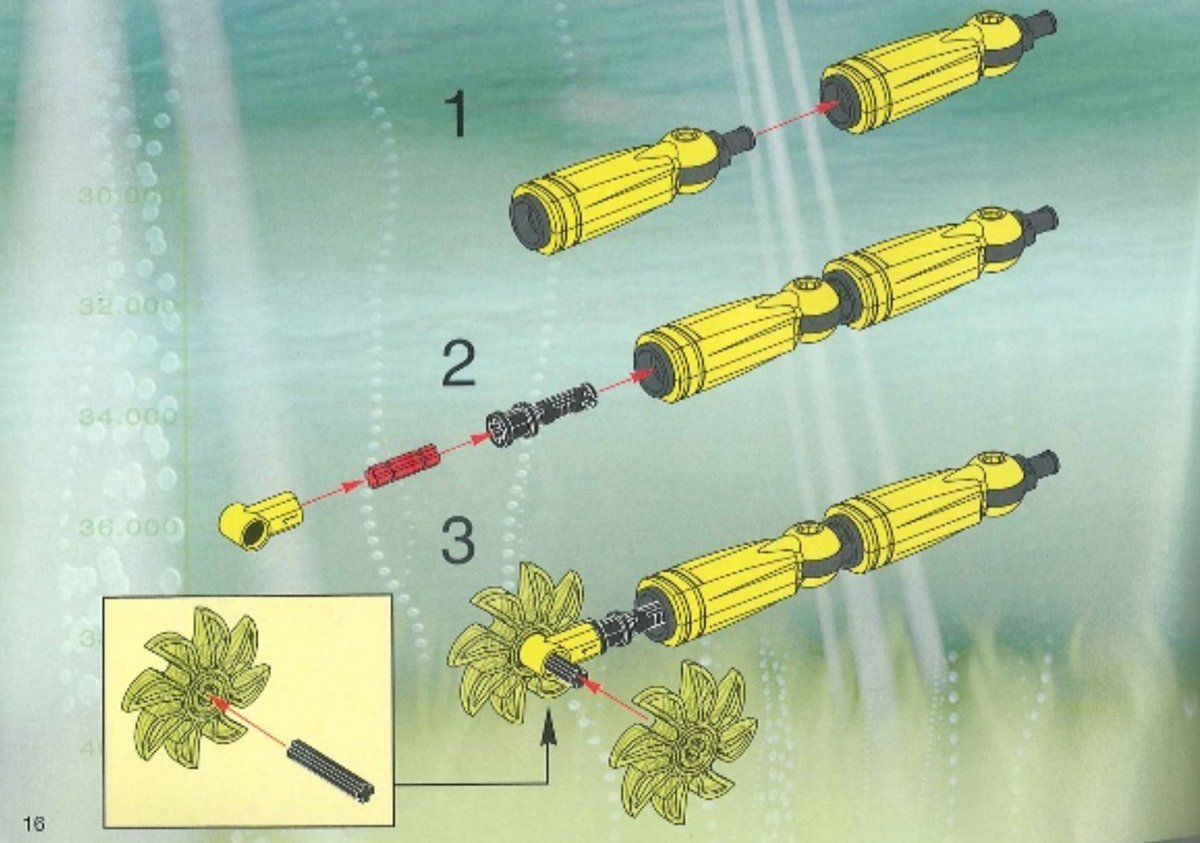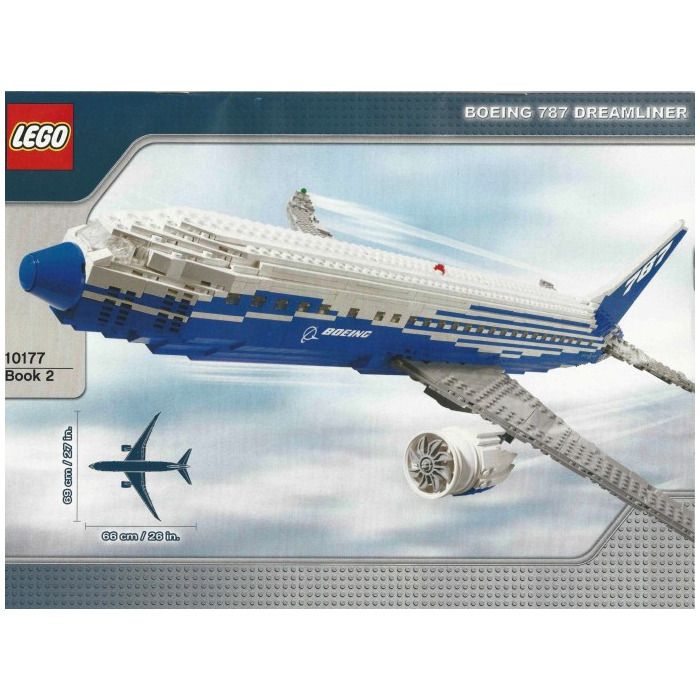This afternoon’s system-design ramble is brought to you by LEGO Part Number 41530: “Propeller 8-Blade, 5 Diameter.”

I’ve talked before about the ways the LEGO building system demos important qualities of consistent, flexible, growing systems. One of the most important ways it “keeps its promises to itself” is ensuring pieces use recurring magic numbers for their measurements and proportions.
Those magic numbers become critical when pieces connect to each other; rods fit, heights of stacked bricks match, etc. Even if pieces weren’t explicitly designed to work with each other, their interactions with the system of measurements and connections does the heavy lifting.
Good ol’ Part #41530 is a great example. In the late 90s and early aughts LEGO got a reputation for introducing lots of special-purpose parts for their increasingly toy-like sets. There was some truth to that, but the “system” was still very present.
The part was introduced as part of LEGO Set 4789-1, the “Alpha Team Aquatic Mech.” It was kind of a saw blade, kind of a propeller, but mostly useful as a cool bit on the end of a big ol’ robot’s arm.

It started showing up in other sets over the next several years, as a decorative hubcap (possibly a Mad Max style wheel-weapon?) and the turbine in a jet’s engine.
 ,
,

Bit it was particularly impressive as a critical but invisible part in the “holy crap, it actually works” LEGO Typewriter. (Set 21327, retail cost of $199… For more details, see the in-depth review by @BrothersBrick https://www.brothers-brick.com/2021/06/15/lego-ideas-21327-typewriter-writing-an-old-school-love-letter-review/)
Inside the case, that decorative propeller became a functional cog in the typewriter’s mechanism. It wasn’t designed to function in a machine, but its consistency and compatibility with the overall system of proportions, connections, etc. meant it could be used in novel ways.
Especially with pattern-oriented design and component content systems, it’s easy to get sucked into a slowly-expanding fractal of cross-component interactions. Adding components to meet new needs adds new interactions, which requires revisiting old ones, and, well… Ugh.
A while back, @HiMaya wrote a FANTASTIC piece about the importance of consistent “connection points” in modern systems (https://uxdesign.cc/measuring-the-value-of-design-systems-1fe061d2ab30) — as she points out, the value of LEGO isn’t the number of pieces, but that every piece keeps working with the others.
That only scales if you’re willing to hammer out the rules and boundaries for those connections, the ways that parts will interact with each other, and stick with them. Individual components may come or go, but the ways they interact are forever.